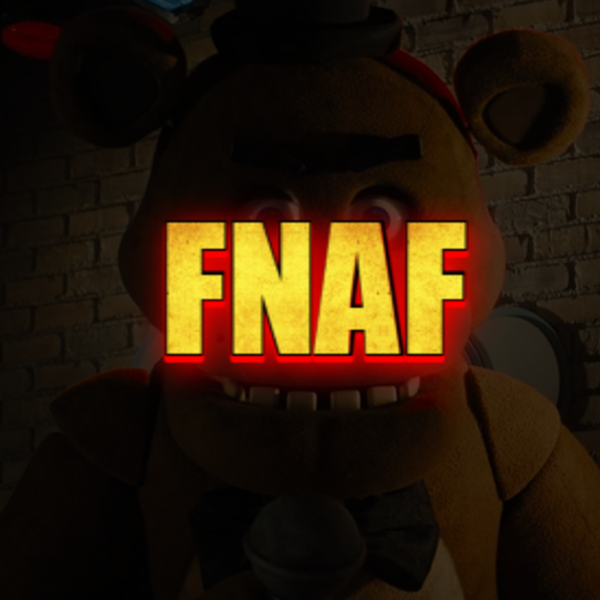Five Nights at Freddy’s (FNAF): A Comprehensive Look

Five Nights at Freddy’s (FNAF) is an indie survival-horror video game series created by Scott Cawthon in 2014. What began as a modest single-game release quickly grew into a multimedia franchise—including sequels, spin-offs, novels, a film adaptation in development, and a passionate fan community. Below is an organized overview that covers the series’ mechanics, themes, cultural impact, and debates surrounding it.
Core concept and gameplay
Premise: Players typically assume the role of a night-shift employee (security guard, technician, or equivalent) at a family entertainment venue—most famously Freddy Fazbear’s Pizza—tasked with surviving five nights while hostile animatronic characters attempt to reach and kill them.
Mechanics: Gameplay emphasizes resource management, monitoring security cameras, and using limited systems (doors, lights, vents, power) to prevent animatronics’ approach. Tension comes from constrained visibility, audio cues, and unpredictable AI behaviors.
Evolution: Later entries and spin-offs diversified mechanics—point-and-click management (FNAF 2), free-roaming stealth (FNAF 3/4 variations), tower-defense and rhythm elements (Sister Location, Security Breach minigames), and roguelike/arcade modes (FNAF AR, Freddy in Space).
Story, lore, and mystery
Narrative style: The series is notable for embedding a deep, fragmented, often cryptic lore across games, minigames, tapes, and easter eggs. Players reconstruct backstory through environmental clues rather than explicit exposition.
Central themes: Child abduction, murder, possession, corporate cover-ups, and haunting by vengeful spirits are recurring. The series plays with unreliable narration, time jumps, and metafictional touches.
Fan engagement: The fragmented nature fueled intense theorizing. Fans produced detailed timelines, character ID sheets, and theories about the Bite incidents, Afton family, and the true nature of the animatronics.
Aesthetic and design
Horror style: FNAF uses tension over gore—anxiety builds via sound design (creaks, static, breathing), jump scares, and the uncanny valley of animatronics. Minimalist interfaces and limited player agency amplify helplessness.
Visuals: Early games used simple 2D/3D assets; later titles expanded into richer 3D environments while preserving the series’ iconic animatronic designs—cute-turned-creepy mascots with broken mechanics and disturbing details.
Cultural impact and community
Indie success story: FNAF demonstrated that a small team (effectively one developer) could create a global hit with smart design and community engagement.
Online culture: The franchise inspired streams, Let’s Plays, fan art, fan games.



